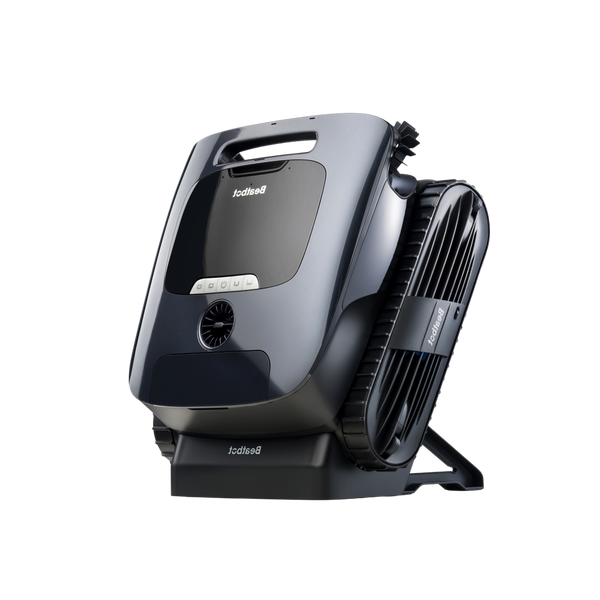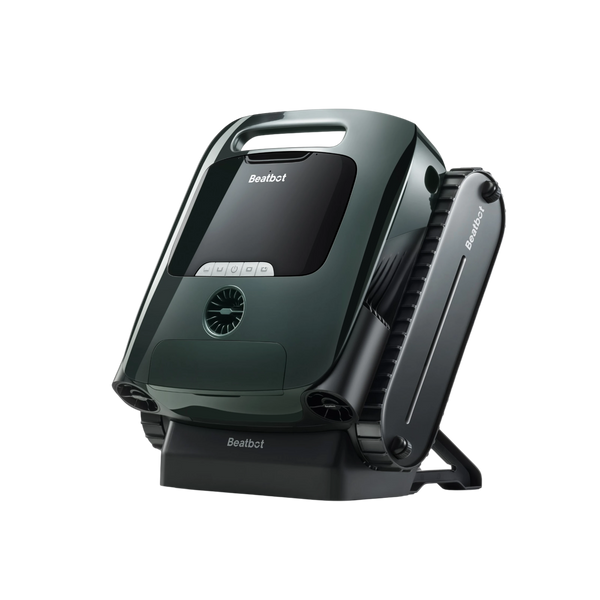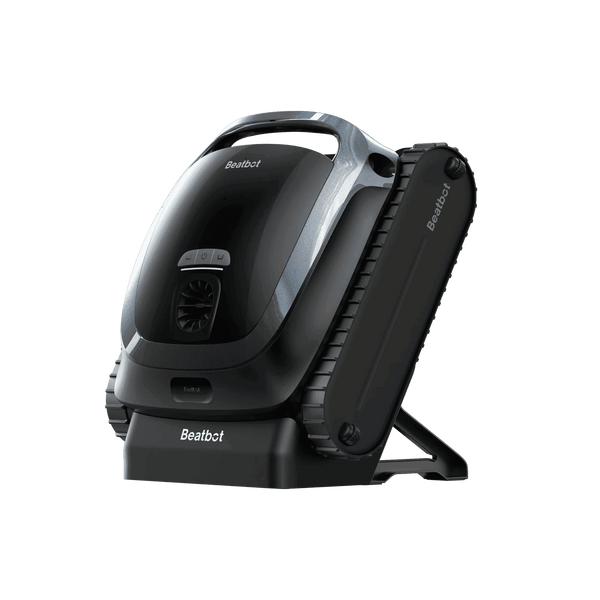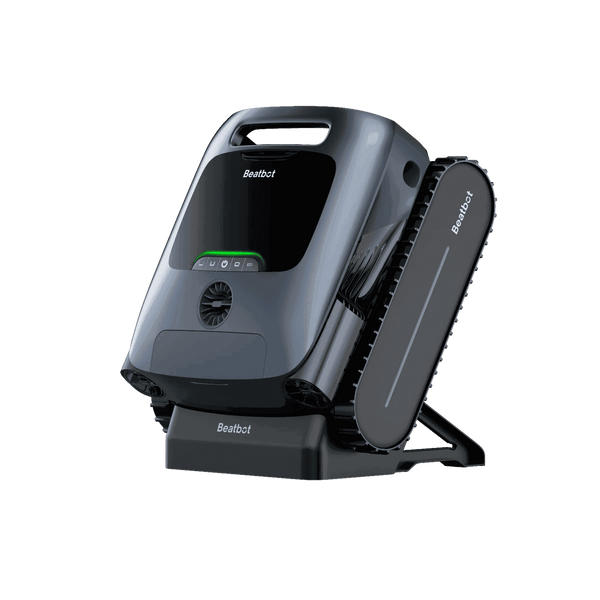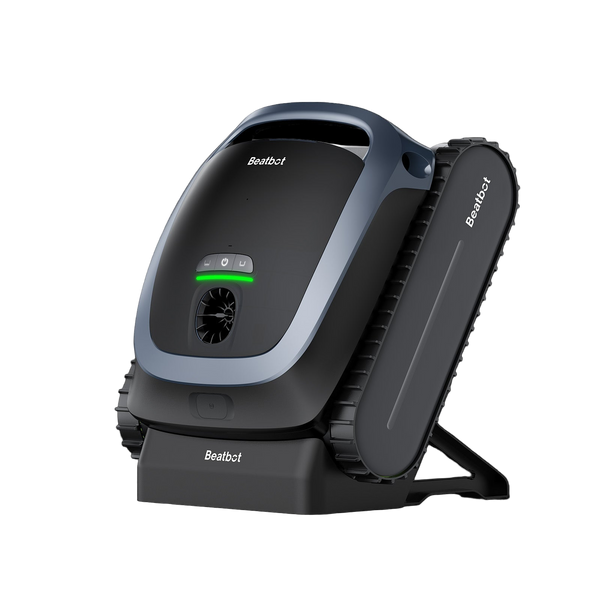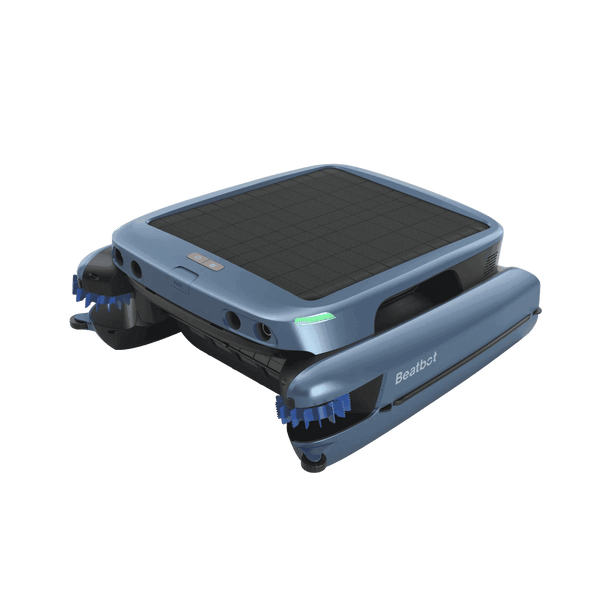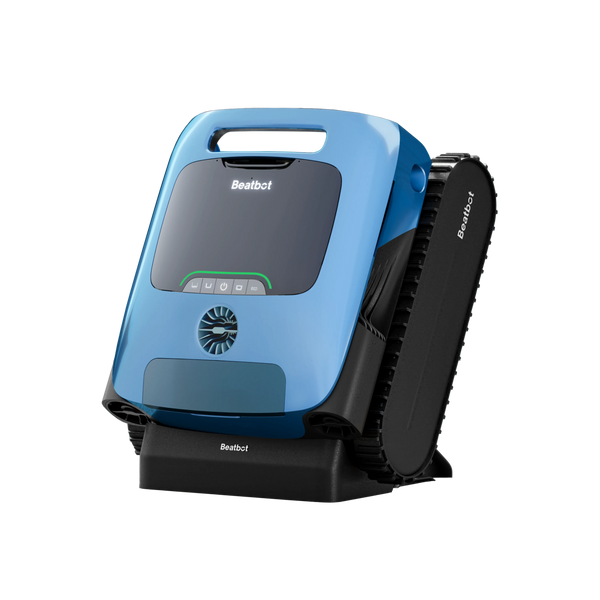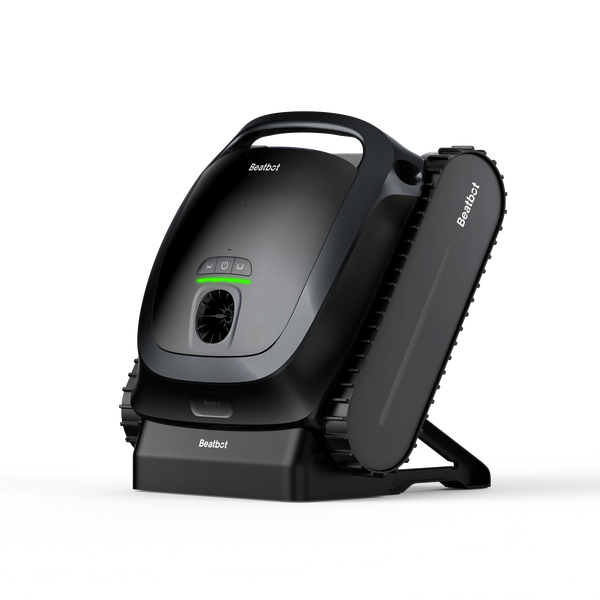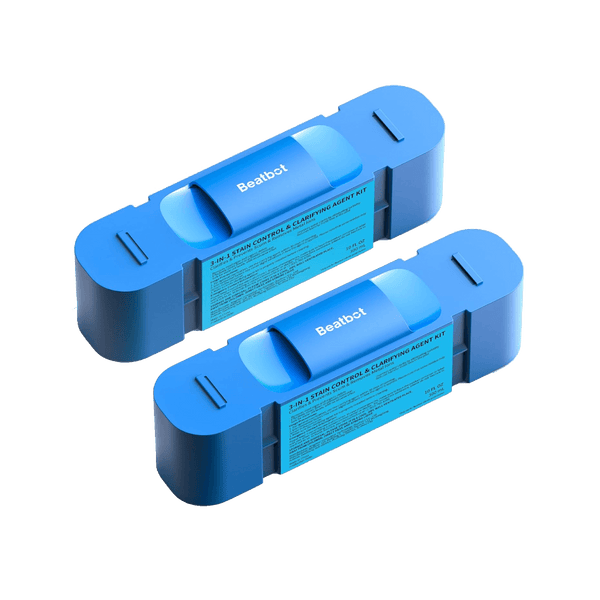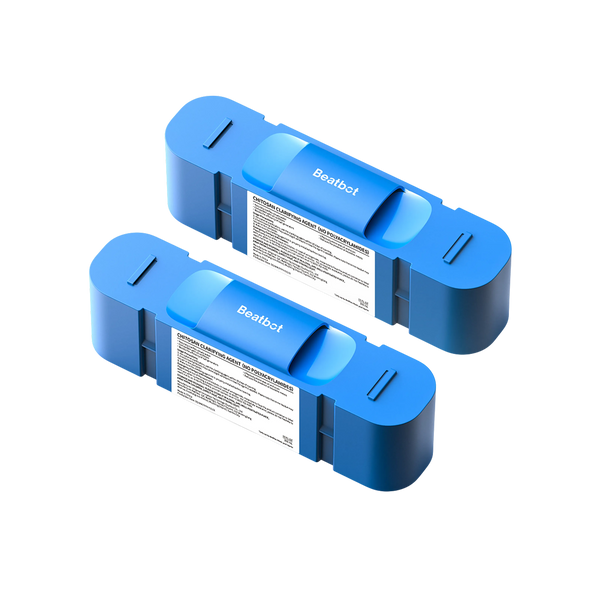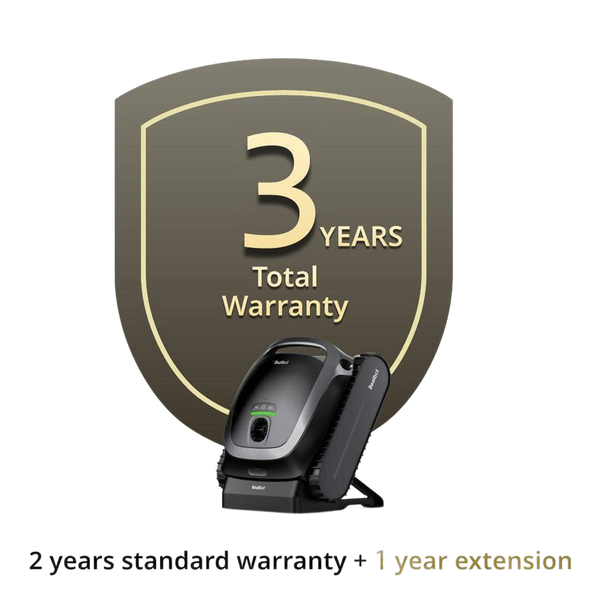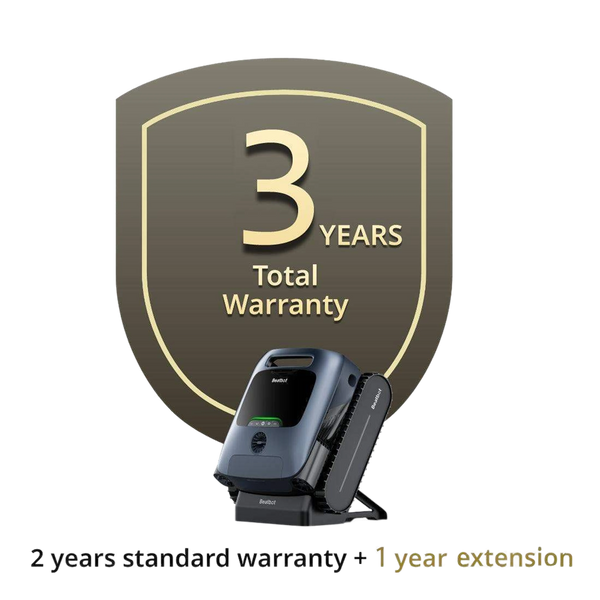Before or While: When Should I Backwash the Pool Vacuuming?
For pool beginners, any knowledge about swimming pools can be quite confusing, and learning when to backwash is an important aspect of understanding pool maintenance. Many people only realize they should ask this question later: Should I backwash my pool before and after vacuuming? In the following text, we will answer this question for you.

Understanding the Importance of Backwashing Your Pool
- Over time, this debris accumulates in the filter, reducing its effectiveness. A filter that is clogged with debris cannot perform its primary function of cleaning the pool water efficiently. It can lead to cloudy and unbalanced pool water, which is not only aesthetically unpleasant but also potentially harmful to your health. Furthermore, a clogged filter can put additional strain on your pool pump, strengthening the burden of skimmers and other pool cleaners, which may result in costly repairs in the future.
- To address this issue, backwashing is employed. By reversing the flow of water through the filter, all the accumulated debris is flushed out, restoring the filter's functionality and performance. This process helps ensure that your pool water remains clean and safe for swimming.
- Backwashing is essentially the process of cleaning the filtration system in your pool. When your pool pump is running, water flows through the filter, capturing debris such as dirt, leaves, and even small particles like algae.
This preventive maintenance will keep your pool water clean, safe, and enjoyable for everyone.
Should I backwash before or while vacuuming my pool?
We do not recommend performing backwashing either before or during pool vacuuming for the following reasons:
After backwashing, the filter media such as quartz sand in the sand filter will be in an expanded state. If vacuuming (or vacuum cleaning) is carried out immediately afterwards, the expanded sand layer may compromise the filtration efficiency, resulting in water quality that is not as expected.
This is because the expanded sand layer may not effectively retain suspended particles, thereby affecting the clarity of the water.During the vacuuming process, the pool vacuum cleaner uses suction to draw dirt, debris, and other impurities from the pool bottom and transport them to the filter.
If backwashing is performed at this time, the direction of water flow in the filter will change, potentially causing the vacuum cleaner to malfunction or reducing its suction power, thereby affecting the vacuuming efficiency.
Moreover, the water flow generated during backwashing may interfere with the operation of the vacuum cleaner, making it difficult to stably adhere to and remove impurities from the pool bottom.Therefore, generally speaking, we recommend performing backwashing after vacuuming.
By performing backwashing after vacuuming, we can ensure that the impurities in the filter are promptly removed, thereby maintaining the smoothness and efficient operation of the filtration system. This ensures the cleanliness and hygiene of the pool water while extending the lifespan of the filtration system.
Comprehensive Guide to Backwashing Your Pool Effectivel
Preparation and Safety :
- Begin by safely turning off your pool pump. This crucial step prevents any potential damage to the pump during the backwashing process.
Adjust the Multiport Valve :
- Locate the multiport valve and turn it to the “backwash” position. This adjustment allows water to flow in reverse, effectively cleaning the filter and removing accumulated debris.
Initiate the Backwashing Cycle :
- With the valve properly set, turn the pool pump back on. This action initiates the backwashing cycle, where water flows through the filter in reverse, dislodging and carrying away dirt and debris.
Observe Waste Water :
- Keep a close eye on the waste water flowing out of the pool. Once the water becomes clear, indicating that the debris has been effectively flushed out, you can proceed to the next step.
Final Rinse and Filter Reset :
- Rinse the Filter : After backwashing, turn the multiport valve to the “rinse” setting. This step ensures that any remaining debris is flushed out of the system.
- Return to Filter Mode : Finally, turn the valve back to the “filter” position to resume normal pool filtration. Your pool’s filtration system is now clean and ready to operate efficiently.

Comprehensive Pool Vacuuming Routine with Backwashing Integration
Initializing the Vacuum Setup :
- Hose Deployment : First, deploy the vacuum hose into the pool water. Strategically position the vacuum plate atop the skimmer, ensuring it doesn't immerse in the water to avoid disruptions.
Priming the Hose :
- To activate the hose, situate the vacuum head directly over a pool return outlet. As soon as water starts flowing out of the skimmer's opening, gently press the vacuum plate against the skimmer basket's surface, securing it firmly.
Adjusting Valves for Optimal Suction :
- To ensure maximum suction efficiency, adjust the pool's valves by closing all except the one serving the skimmer in use. This action concentrates the suction force solely on the vacuuming task.
Systematic Vacuuming Approach :
- Begin vacuuming at the pool's deepest section and progressively move towards the shallower areas. This systematic approach helps in efficient debris collection and removal.
Pressure Monitoring and Skimmer Maintenance :
- Regularly inspect the pool pump's pressure indicator to gauge when backwashing is necessary. Additionally, empty the skimmer basket whenever you check the pressure or whenever debris accumulates during the vacuuming process.
Completing the Vacuuming Task :
Once you've finished vacuuming the entire pool, revert the valve settings to their original positions and carefully disconnect the vacuum system from the pool.
Post-Vacuuming Filter Maintenance :
- Depending on the pressure readings and the clarity of the water, you might need to perform a backwash on your pool filter. Adhere to the specific maintenance procedures outlined for your filter type to maintain its performance and lifespan.
This refined routine not only ensures thorough pool cleaning but also prioritizes the health and efficiency of your filtration system, contributing to a pristine swimming environment.
FAQs
Should I vacuum the pool first or backwash it if my water is super cloudy?
Begin by backwashing to remove the debris that would clog the filter. If the water appears cloudy, it typically indicates that the filter is working too hard. Backwash for 1–2 minutes, then vacuum the dirt out.
Can there be more energy and water saving to backwash before vacuuming?
Backwashing first saves energy by preventing the pump from overworking on a blocked filter. Vacuuming afterwards helps remove debris efficiently.
Should I backwash my pool before vacuuming it if there are leaves in it?
First, backwash to clear the filter for more leaf debris to get into the tank. Then vacuum up the leaves. If there is a lot of debris, use a surface skimmer first to facilitate vacuuming and prevent overworking the pump.
If I have algae blooming in my pool, what should I do about backwashing?
Backwash to clean the filter that is likely clogged with green algae. Next, scrub the algae off with a robotic vacuum. Then you can shock the pool and run the filter non-stop to help clear the water more quickly.
How do I backwash if I don’t have time?
Use a robotic vacuum that does not need the pool filter for initial vacuuming, then backwash later. This prevents the water from getting dirty and the sand filter from getting overloaded, but do not skip backwashing for a long time because the filter will get clogged.
Relative Blogs
About the author
